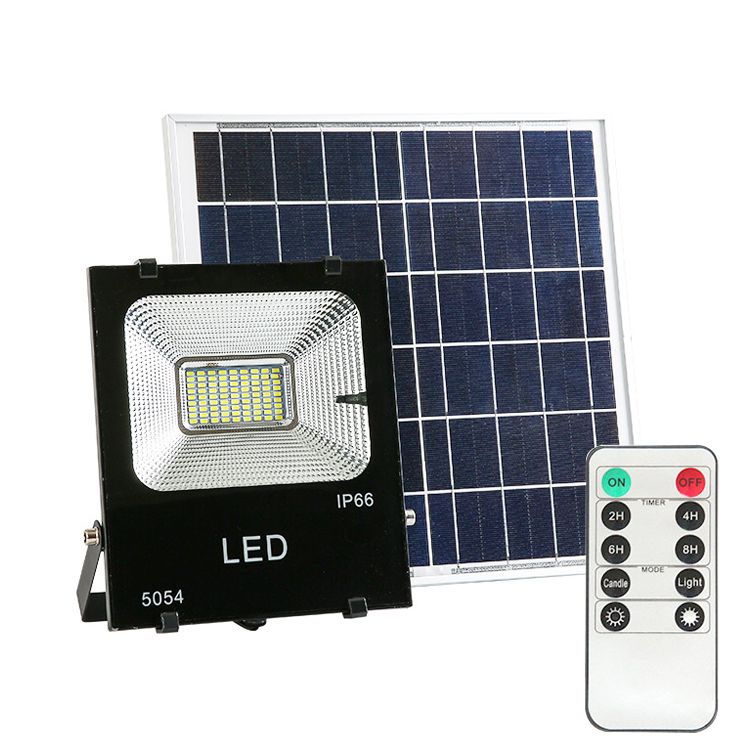

Involving the strain C5 were compared with the Ag-NPs synthesized by a chemical reaction.

The physicochemical and catalytic properties of biogenic Ag-NPs synthesized by Synthesis of the silver nanoparticles (Ag-NPs). C5, was isolated from a wastewater sample and characterized for In this study, a novel bacterial strain, Pseudochrobactrum spp. The results of our study will help determine the most effective and economical options for removal of dyes in industrial wastewater. By investigating previous research to elucidate the most significant active species for optimal photo decolorization reactions, this review provides guidelines that can be applied to the development of effective photodegradation systems. Our findings showed that various parameters, like initial pH of the solution to be degraded, photocatalyst concentration, reaction temperature, dye concentration and dopants content exert their individual influence on the photocatalytic degradation of any dye. This paper examines the effects of operating parameters on the photocatalytic degradation of textile dyes using various photocatalysts. Our study aims to review and summarize the previously published works and R&D progress in the field of photocatalysis of various water pollutants such as the toxic organic compounds (cationic and anionic dyes) using various semiconductor nanoparticles under visible, solar and UV irradiation.


This comprehensive review examines the operational factors influencing the photo decolorization of dye molecules. The efficiency of photocatalysis system depends on the operational parameters that govern the adsorption and photodegradation of dye molecules. The photo decolorization of dyes is considered as a favorable technology for industrial wastewater treatment techniques owing to its environmentally friendly method, low cost, and lack of secondary pollution. With growing environmental awareness, there is a need for environmentally-friendly technology to remove dyes from the industrial and local wastewater. This represents a large environmental challenge for textile manufacturers. Around 17 to 20% of industrial water pollution arises from textile dyeing and treatment according to the World Bank report. Textile industry represents a pollution problem worldwide due to the accidental discharge or dumping of polluted wastewater into the waterways, which is having a major influence on the quality of water resources. C5 might serve as a potential green solution for treatment of dyes loaded textile wastewaters The findings of this study suggest that the biological Ag-NPs synthesized by Pseudochrobactrum spp. The biogenic Ag-NPs exhibited significantly higher photocatalytic activity for degradation of methylene blue and 4-nitrophenol dyes as compared with that of chemically synthesized Ag-NPs. The comparison of both types of Ag-NPs revealed the presence of relatively higher metallic silver (Ag°) contents, larger available surface for pollutant’s contact and larger distribution of particles in biogenic Ag-NPs as compared to chemically synthesized Ag-NPs, which served for higher catalytic activity. Both types of Ag-NPs were observed to have negative zeta potential values with -27.43 mV and -25.45 mV zeta potential for biogenic and chemically synthesized Ag-NPs. These analyses indicated that biogenic Ag-NPs were nano-rod shaped particles ranging from 100–200 nm in size, whereas the chemical Ag-NPs were agglomerated flower shaped structures ranging from 120–300 nm in size. The both types of Ag-NPs were characterized for optical properties by UV-visible spectroscopy and fourier-transform infrared spectroscopy (FT-IR), whereas, the morphological, structural, chemical and electronic state properties were evaluated by field emission scanning electron microscope (FESEM), X-ray diffraction (XRD) and X-ray photoelectron spectroscopy (XPS). The physicochemical and catalytic properties of biogenic Ag-NPs synthesized by involving the strain C5 were compared with the Ag-NPs synthesized by a chemical reaction. C5, was isolated from a wastewater sample and characterized for synthesis of the silver nanoparticles (Ag-NPs).


 0 kommentar(er)
0 kommentar(er)
